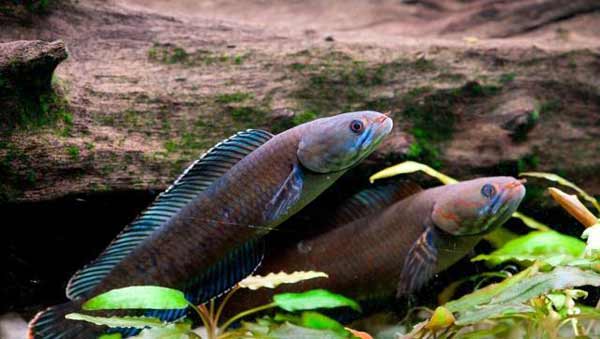
Kathmandu, Nepal (BBN)-A walking snakehead fish, a sneezing monkey, a singing bird and splendid orchids are among 211 new plant and animal species discovered in the Himalayan region in the last six years, said a World Wide Fund for Nature (WWF) report released on Monday.
The biological treasure trove of species were discovered in the region spanning northeast India, Bhutan, Nepal, Myanmar and southern parts of Tibet, says the WWF report Hidden Himalayas: Asia’s Wonderland.
The new species discovered between 2009 and 2014 included 133 plants, 39 invertebrates, 26 fish, 10 amphibians, one reptile, a bird and a mammal species, reports the Hindustan Times.
This is by far the largest discovery of species new to science in the region with 354 species discovered in a decade between 1998 and 2008.
“I am excited that the region – home to a staggering number of species including some of the most charismatic fauna – continues to surprise the world with the nature and pace of species discovery,” said Ravi Singh, CEO and secretary general of WWF-India and chair of the WWF Living Himalayas Initiative.
The report also underscored the threats facing the vibrant Himalayan ecosystem with climate change being the most serious. Population growth, deforestation, overgrazing, poaching, the wildlife trade, mining, pollution and hydropower development have also contributed to the pressures on the fragile ecosystems in the region, the report said.
“Just 25% of the original habitat in the region remains intact,” said the report.
Governments can decide whether to follow the current path towards fragile economies that do not fully account for environmental impacts, or take an alternative path towards greener, more sustainable economic development, the WWF said in a statement.
It said the region is one of the most ecologically diverse with at least 10,000 plant species, 300 mammal species, 977 bird species, 176 reptiles, 105 amphibians and 269 types of freshwater fish.
“The challenge is to preserve our threatened ecosystems before these species, and others yet unknown, are lost,” said leader of the WWF Living Himalayas Initiative, Sami Tornikoski.
The latest survey found a new species of snakehead fish in West Bengal that can breathe air and survive on land for four days and is an ambush predator.
Its has a different body colour pattern, number of vertebrae and dorsal and anal fin rays from other snakehead fish.
“They prefer to target their prey from below, often lunging upwards from the bottom to grab fish and other creatures,” the report described the new discovery.
A new bird called the spotted wren-babbler, or Elachura Formosa, known for its unusual high-pitched song was found in northeastern India.
The spotted wren-babbler, discovered last year, measures 10 cm including its short tail and is brown above and white below.
It also has white speckles all over its body, shifting to black barring on its wings and tail.
A new 47 millimeter long grayish blue-eyed frog called L bompu was found in Arunachal Pradesh, home to hundreds of undiscovered species.
Another discovery was the Myanmar snub-nosed monkey that sneezes when rainwater get inside in its upturned nose.
“To avoid this evolutionary inconvenience, snub-nosed monkeys spend rainy days sitting with their heads tucked between their knees,” said the report.
Among other discoveries were the most beautiful orchids that the report described as “glorious” and were found in Assam and Nepal.
BBN/SK/AD